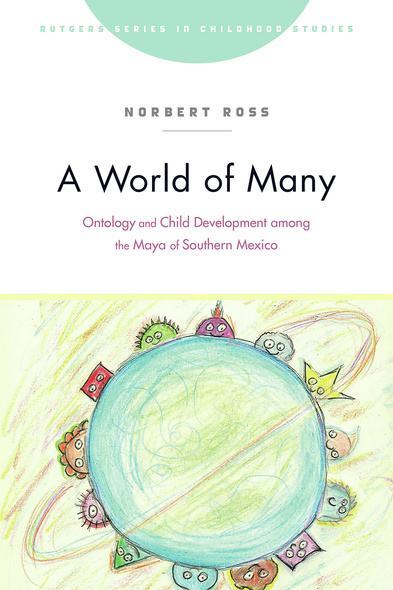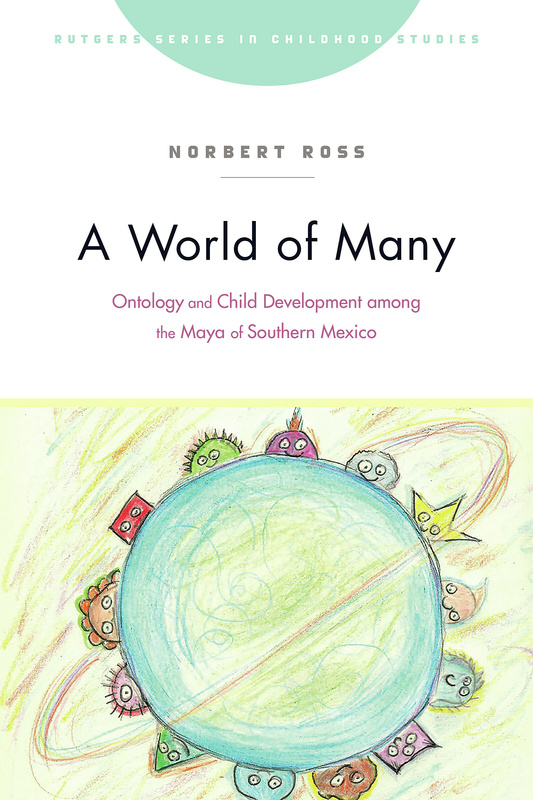
A World of Many
Ontology and Child Development among the Maya of Southern Mexico
Norbert Ross questions the foundations of everything—the architecture of reality, knowledge, and learning—in his investigations of the Mexican community of Chenalhó. The observations and experiences of Tzotzil maya children help us understand what it is to be human, to be alive, and to have a soul and how life is activism. This methodologically innovative and theoretically intricate project invites readers to appreciate in a nuanced and profound way diversity in humanity and ways of being in the world.'
I love books like this that challenge us to turn our thinking about ontology upside down. Scholars of young people often begin by examining what ontology teaches about childhood. We can forget how valuable it is to explore how notions of childhood actually reshape ontology. A World of Many is a successful experiment in inverting our assumptions about what we think we know about what we know.
1 Introduction
2 A World Where Other Worlds Can Be at Home
3 Ontology and Resistance
4 Folk-Biological Knowledge, Education, and
Framework Theories
5 Study Design and Methods
6 Complexity, Niche Theory, and Cultural Models
7 From Subsistence to Extraction: Globalization, Change,
and Spatial Organization in Chenalhó
8 Knowledge Sources and Learning Biases: Experience,
Values, and Ontologies
9 Growing Up in Chenalhó: Knowledge Sources and the
Spatial Distribution of Change and Modernity
10 What Is It Called? Plant Knowledge in Chenalhó
11 Concepts of “Alive and “Living Kinds”: Experience,
Culture, and Ontology
12 How Alive Is It? Revisiting the Concept of “Alive”
13 Being in Space
14 One of Many: The Making of a Diversity of Worlds
Acknowledgments
Notes
References
Index




